Never miss an offer or update. You can unsubscribe at any time.
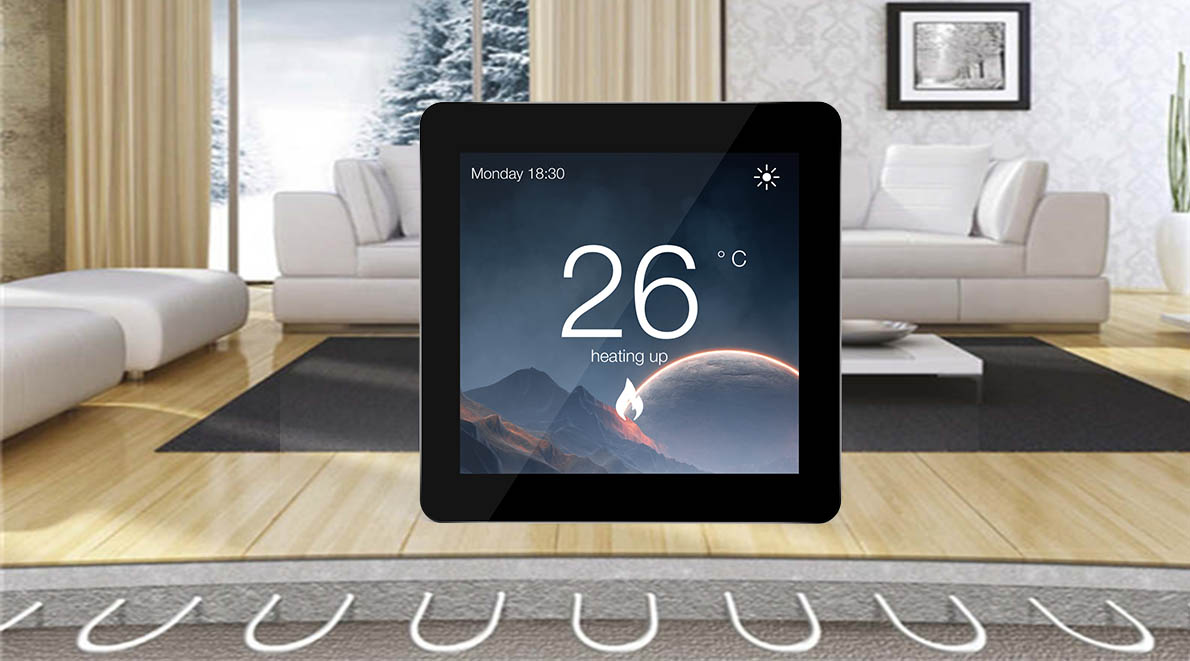 Basic introduction of Heat Pump and Thermostats
Basic introduction of Heat Pump and Thermostats
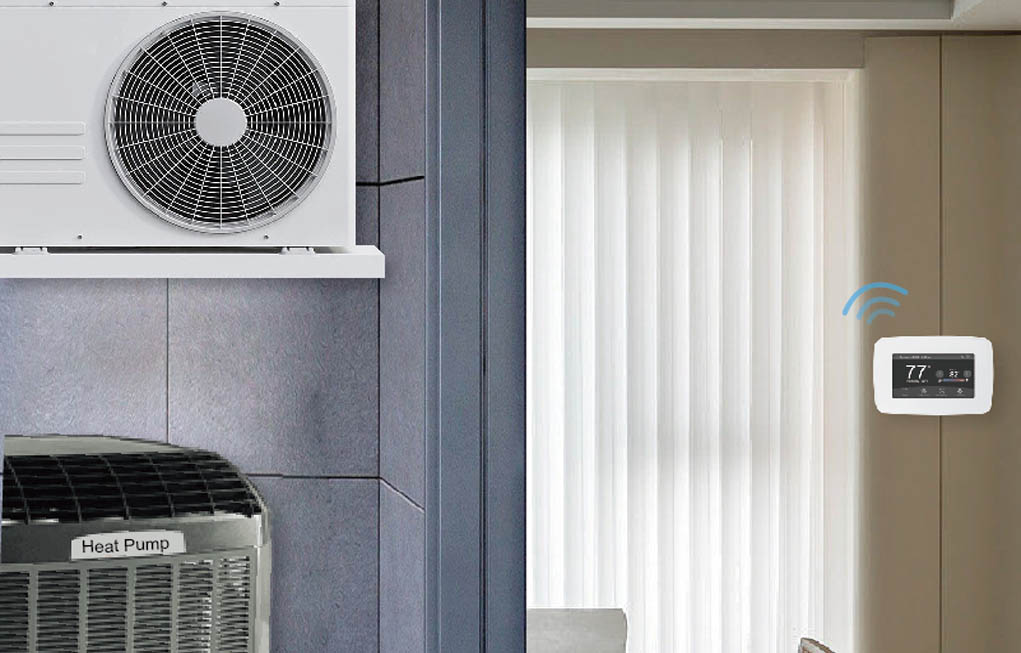 How does the Heat Pump solve the Energy crisis in Europe
How does the Heat Pump solve the Energy crisis in Europe
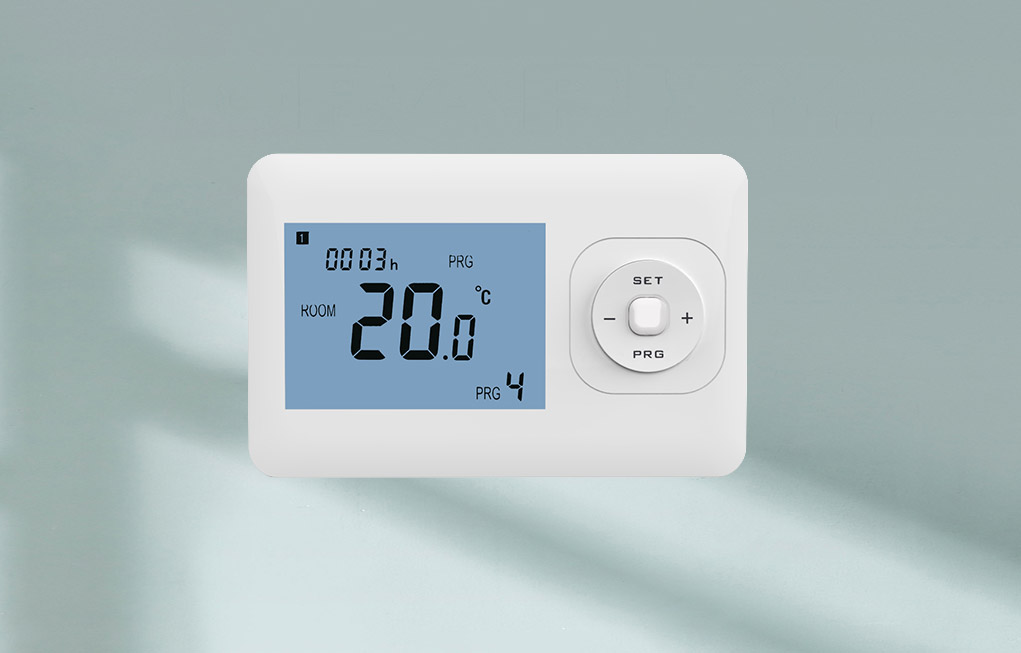 Heat Pump Thermostat for European Market
Heat Pump Thermostat for European Market
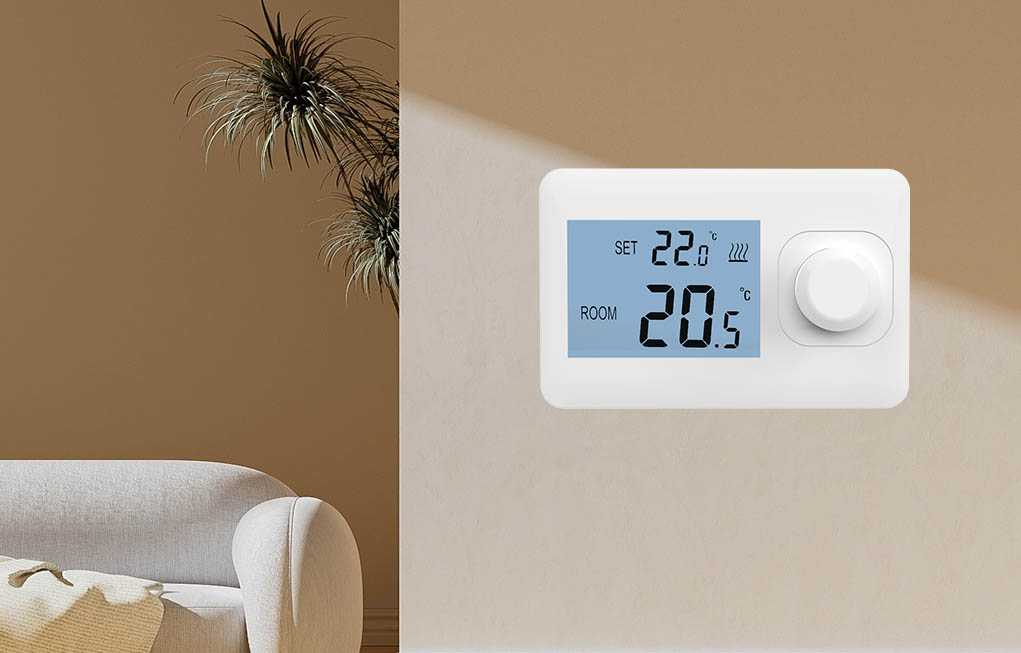 Thermostat with cooling mode & heating mode
Thermostat with cooling mode & heating mode
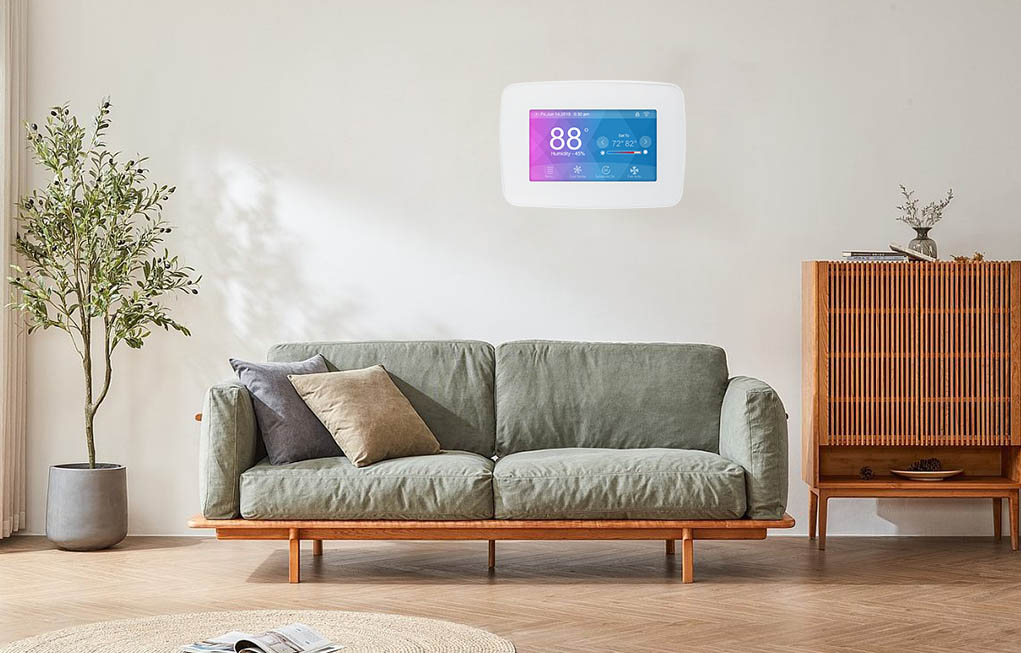 Choosing the Right Thermostat for Your Heat Pump: Single-Stage or Two-Stages?
Choosing the Right Thermostat for Your Heat Pump: Single-Stage or Two-Stages?
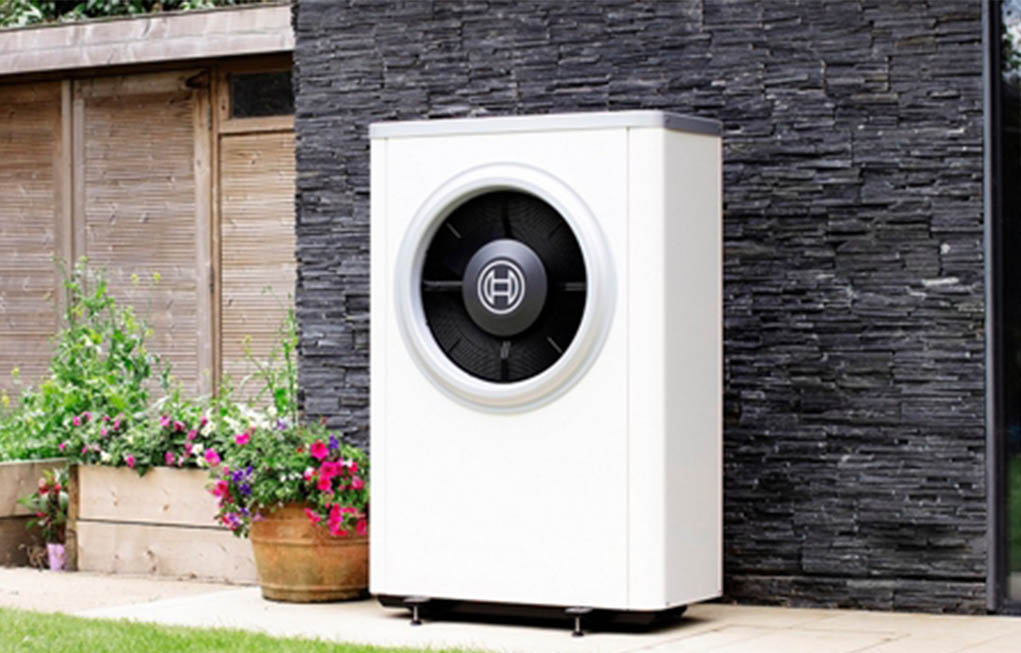 Comparison Between Fan Coil and Heat Pump
Comparison Between Fan Coil and Heat Pump
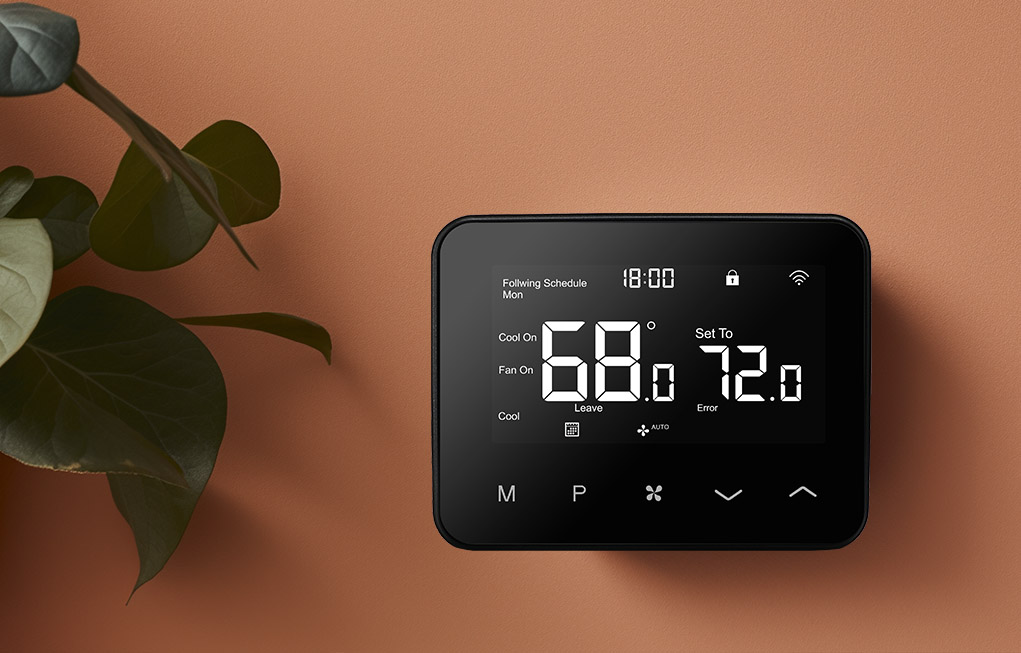 5 WAYS TO RESET YOUR HEAT PUMP
5 WAYS TO RESET YOUR HEAT PUMP
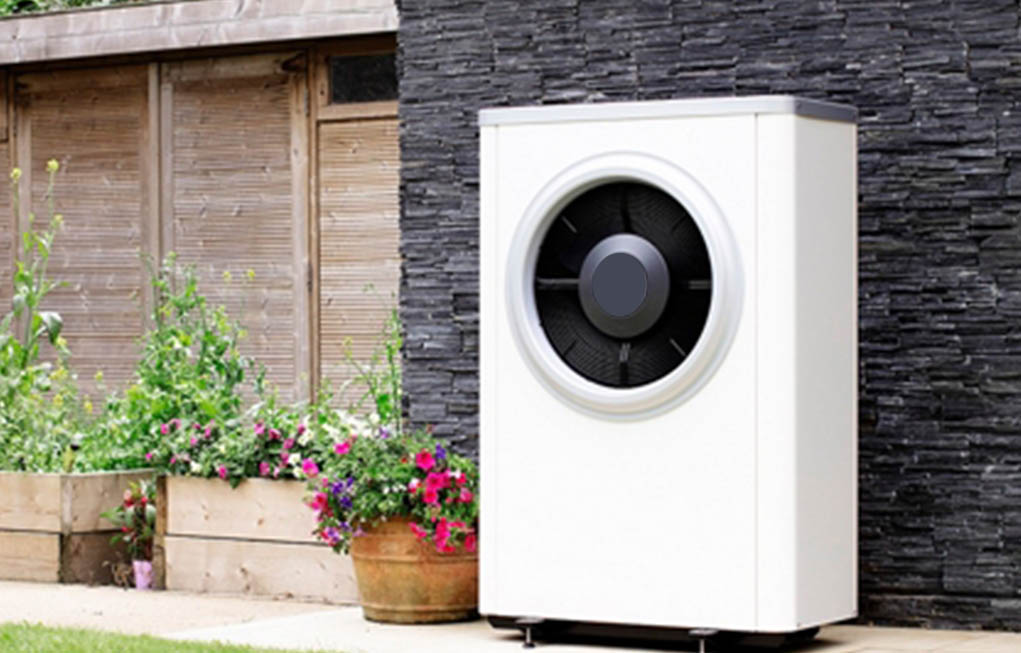 How does Heat Pump Continues to Run After Reaching Set Temp?
How does Heat Pump Continues to Run After Reaching Set Temp?
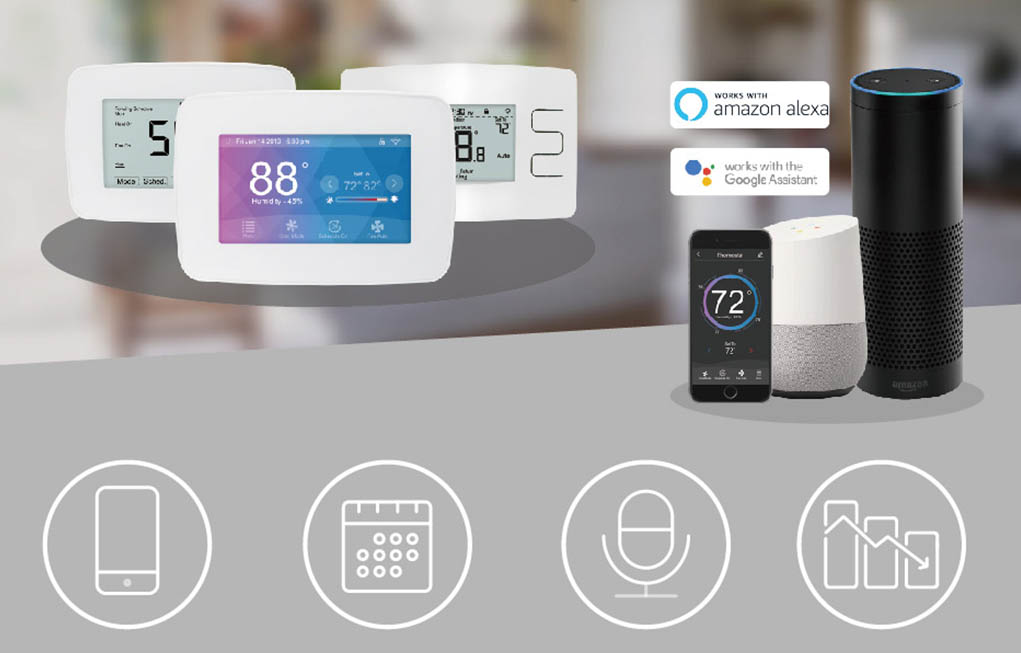 EM HEAT: WHAT IT IS AND WHEN TO USE IT
EM HEAT: WHAT IT IS AND WHEN TO USE IT
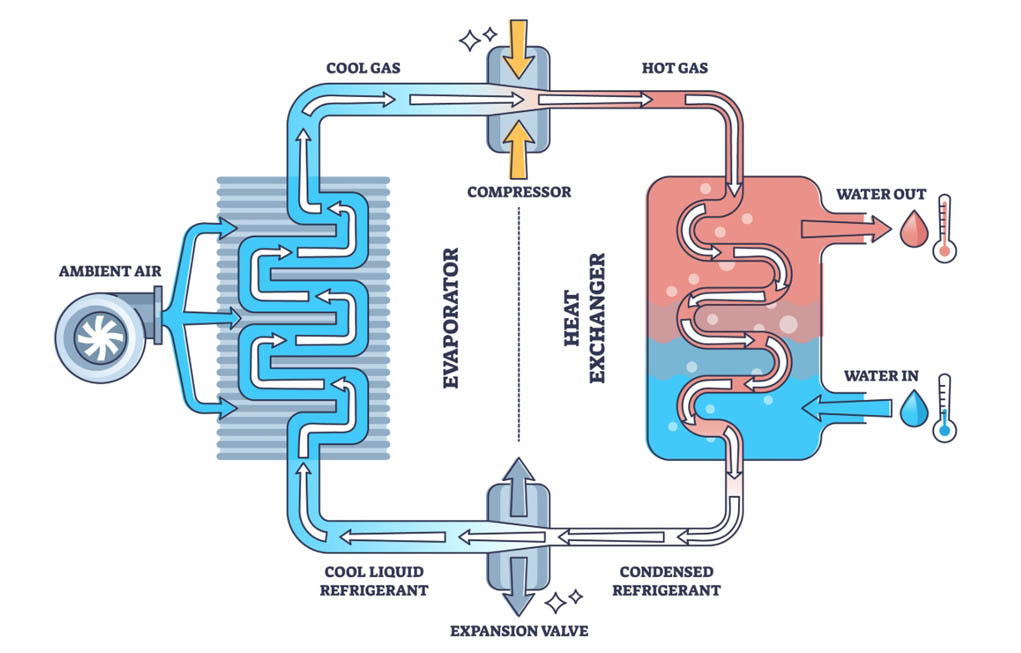 Introduction of Heat Pump System and E-Top Heat pump thermostat
Introduction of Heat Pump System and E-Top Heat pump thermostat
 Address:No.6 of Tong'an Industrial Park, Meixi Rd,Tong'an District, Xiamen China 361100
Address:No.6 of Tong'an Industrial Park, Meixi Rd,Tong'an District, Xiamen China 361100 Phone:+86 0592 6155792
Phone:+86 0592 6155792 Email:info@etopcontrols.com
Email:info@etopcontrols.comNever miss an offer or update. You can unsubscribe at any time.

